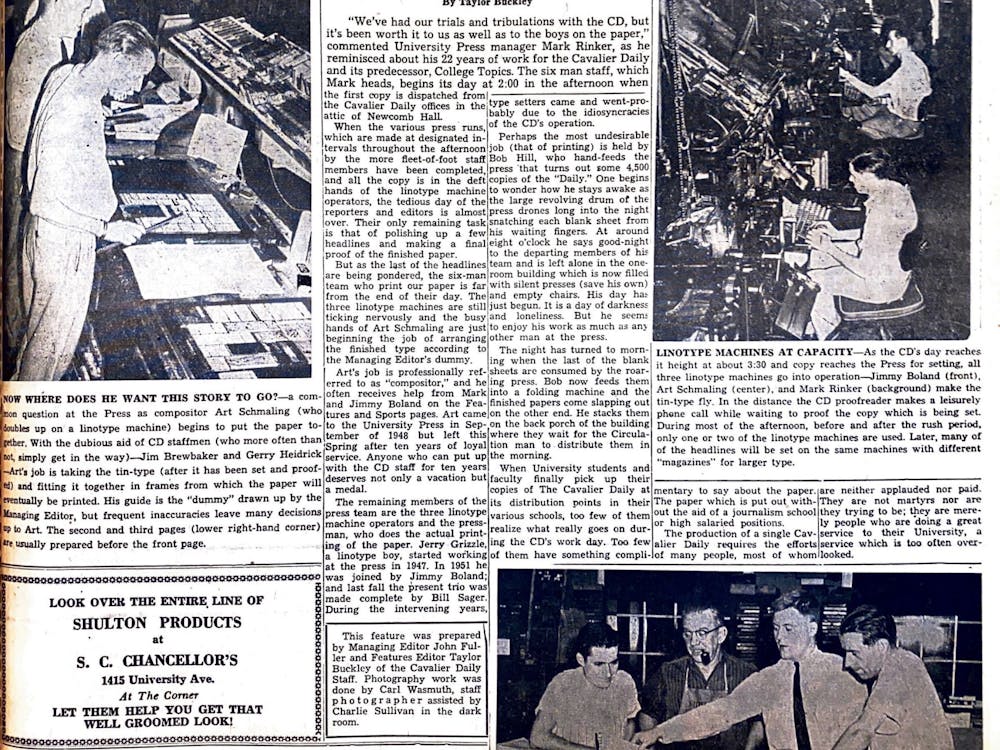The University psychology department published a study last week on a molecular tag which discusses differences in the brain’s response to anger and fear. The study was published in the Proceedings of the National Academy of Sciences Early Edition.
The research, which began three years ago, was a collaborative effort between the University’s Connelly Lab and Social Neuroscience Lab, headed by Asst. Psychology Prof. James Morris.
Psychology Ph.D. student Meghan Puglia said the team was interested in the underlying biological processes which contribute to differences in social behavior.
Epigenetics — the study of the chemical reactions which activate or deactivate the genome at certain times and locations — and neural aspects of the processes were significant to the developments in the research, Puglia said.
“[We are] broadly interested in the kinds of factors that contribute to individual variability in social behavior,” she said. “[We are] all different; we’re trying to uncover the epigenetic and neural factors that underlie that variability.”
The study found a chemical tag, called DNA methylation, on the oxytocin receptor gene, which can be used to regulate socializing and responses to kindness or threats.
The findings of the study may prove to be highly valuable to developments in certain mental disorders. High degrees of DNA methylation are found in individuals with autism, psychopathy, depression and anorexia.
“To understand [these conditions] better, you need to have molecular mechanisms by which these disorders come about,” Puglia said. “Understanding molecular mechanisms such as markers can help inform treatments for the potential tag that we may want to manipulate in the future.”
The Connelly Lab studied methylation, epigenetics and genetics for the published study, using one of the two pyrosequencers available at the University. The Morris Social Neuroscience Lab collected neuroimaging data from the use of a functional MRI brain scan.
Researchers in both labs said collaboration was important for the success of the study, as each lab contributed certain skills and techniques.
“Collaboration between the two labs is a really unique and rich opportunity for this kind of research to be conducted, unique within this university,” Puglia said. “Not many people are combining these kinds of techniques together.”
While the research may not directly affect any students or departments at this time, the University benefits from it on a greater scale.
David Hudson, associate vice president for research, said research is key to driving and supporting the other institutions at the University.
“Doing research enhances our teaching machine,” Hudson said. “Our faculty is more likely to be working at the forefront of their respective areas. They’re working in the field helping to advance the knowledge in the field they’re teaching…[and] our students benefit.”
The University receives approximately $300 million annually to support research. About 80 percent of the funding comes from the federal government, Hudson said, like the National Science Foundation, which provided a grant for this particular study.
Conducting research is a major component of the University’s mission to be a leading institution of discovery and innovation, Hudson said.
“I’m just not sure where the next big findings are coming from,” Hudson said. “We have good, smart people doing exceptional projects that may lead to advanced developments.”





